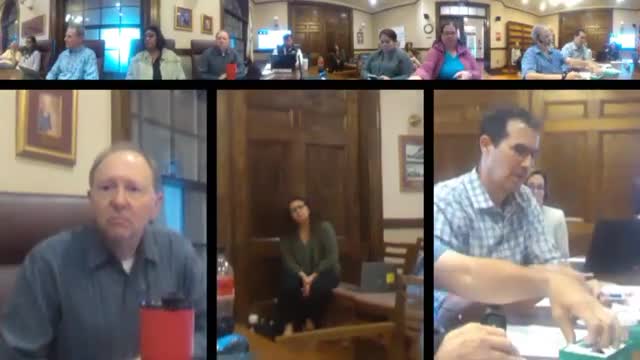Vaping crisis threatens youth with nicotine addiction
September 05, 2024 | Town of Needham, Norfolk County, Massachusetts
This article was created by AI summarizing key points discussed. AI makes mistakes, so for full details and context, please refer to the video of the full meeting. Please report any errors so we can fix them. Report an error »

In a recent government meeting, health officials and pediatricians voiced urgent concerns regarding the rising prevalence of vaping among adolescents and its implications for public health. The discussions highlighted the alarming potency of new vaping devices, which can deliver up to 10,000 puffs—equivalent to multiple packs of cigarettes—potentially exposing young users to significant nicotine levels in a single social setting.
Pediatricians emphasized the detrimental effects of nicotine on developing brains, linking it to increased risks of depression, anxiety, and ADHD. They noted that the vaping crisis has reversed decades of progress in reducing tobacco use among youth, with statistics indicating that if a young person reaches the age of 26 without using tobacco, their chances of addiction drop to less than 1%.
The meeting also addressed the need for stronger regulations to prevent youth access to tobacco products. Officials referenced the successful model implemented in Needham, Massachusetts, which raised the tobacco sales age to 21 and resulted in a significant decline in tobacco use rates—over 50% in just three years. This success story was presented as a blueprint for other communities to follow, particularly those with diverse populations that may be disproportionately affected by tobacco marketing.
Participants underscored the importance of community engagement in shaping tobacco policies, advocating for a nicotine-free generation while respecting the rights of current users. The overarching goal is to prevent the next generation from starting tobacco use, thereby reducing the long-term health impacts associated with nicotine addiction. The meeting concluded with a call for collaborative efforts to address the vaping epidemic and protect youth from the harms of tobacco products.
Pediatricians emphasized the detrimental effects of nicotine on developing brains, linking it to increased risks of depression, anxiety, and ADHD. They noted that the vaping crisis has reversed decades of progress in reducing tobacco use among youth, with statistics indicating that if a young person reaches the age of 26 without using tobacco, their chances of addiction drop to less than 1%.
The meeting also addressed the need for stronger regulations to prevent youth access to tobacco products. Officials referenced the successful model implemented in Needham, Massachusetts, which raised the tobacco sales age to 21 and resulted in a significant decline in tobacco use rates—over 50% in just three years. This success story was presented as a blueprint for other communities to follow, particularly those with diverse populations that may be disproportionately affected by tobacco marketing.
Participants underscored the importance of community engagement in shaping tobacco policies, advocating for a nicotine-free generation while respecting the rights of current users. The overarching goal is to prevent the next generation from starting tobacco use, thereby reducing the long-term health impacts associated with nicotine addiction. The meeting concluded with a call for collaborative efforts to address the vaping epidemic and protect youth from the harms of tobacco products.
View full meeting
This article is based on a recent meeting—watch the full video and explore the complete transcript for deeper insights into the discussion.
View full meeting
